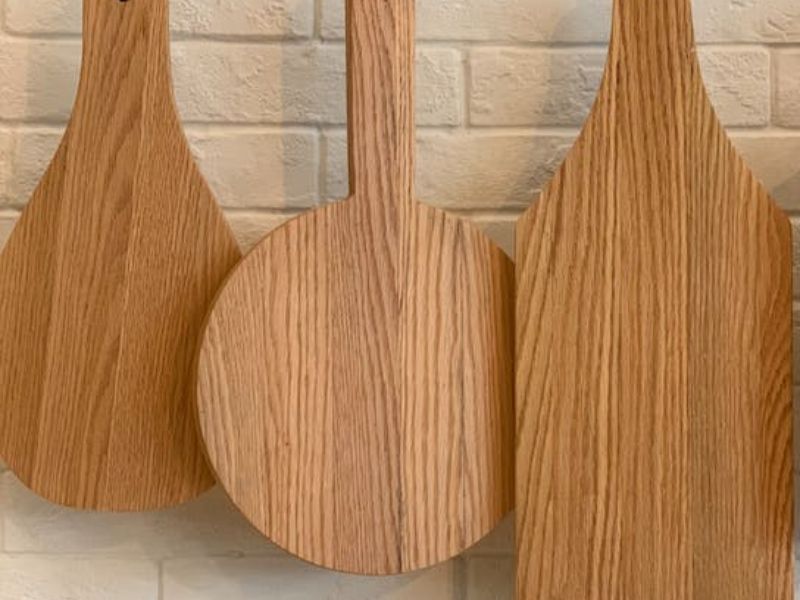In the modern kitchen, food safety is a top priority, and the cutting board is an essential tool that helps maintain cleanliness. However, traditional cutting boards can harbor harmful bacteria if not properly cleaned and maintained. To address this concern, antibacterial cutting boards have emerged as a popular choice among health-conscious individuals. In this article, we will delve into what an antibacterial cutting board is and why it is worth considering for your kitchen.

Image Credit: Pexels/Yousaf Abbasi
Understanding Antibacterial Cutting
Boards
Antibacterial cutting boards are specifically designed to inhibit the growth of bacteria on their surface. They are made from various materials, such as plastic, wood, or composite materials, infused with antibacterial agents during manufacturing. These agents can be natural substances like bamboo extracts or synthetic compounds with antimicrobial properties.
Benefits Of Antibacterial Cutting Boards
Enhanced Food Safety: The primary advantage of antibacterial cutting boards is their ability to minimize the risk of cross-contamination. By inhibiting the growth of bacteria on the surface, they reduce the chances of harmful pathogens transferring to other foods during meal preparation.
Durability and Longevity: Antibacterial cutting boards are durable and long-lasting, resisting warping, cracking, and moisture absorption. They are crafted from high-quality materials for extended use and longevity.
Easy Maintenance: Antibacterial cutting boards are easy to clean and maintain. They are often dishwasher-safe, simplifying the cleaning process. Their antibacterial properties also reduce the need for harsh chemical cleaners, promoting environmental and personal health.

Image Credit: Pexels/Ksu&Eli Studio
Choosing The Right Antibacterial Cutting
Board
When selecting an antibacterial cutting board, consider the following factors:
Material: Different materials have distinct advantages. Plastic cutting boards are lightweight, non-porous, and affordable. Wood cutting boards are naturally antimicrobial but need extra care to prevent moisture absorption. Composite materials offer a balance of durability and hygiene.
Certification: Look for certified cutting boards from organizations like the FDA or NSF. These certifications guarantee high-quality and safe standards.
Maintenance Instructions: Follow the manufacturer’s instructions for cleaning and maintenance to preserve the antibacterial properties and extend the lifespan of your cutting board.